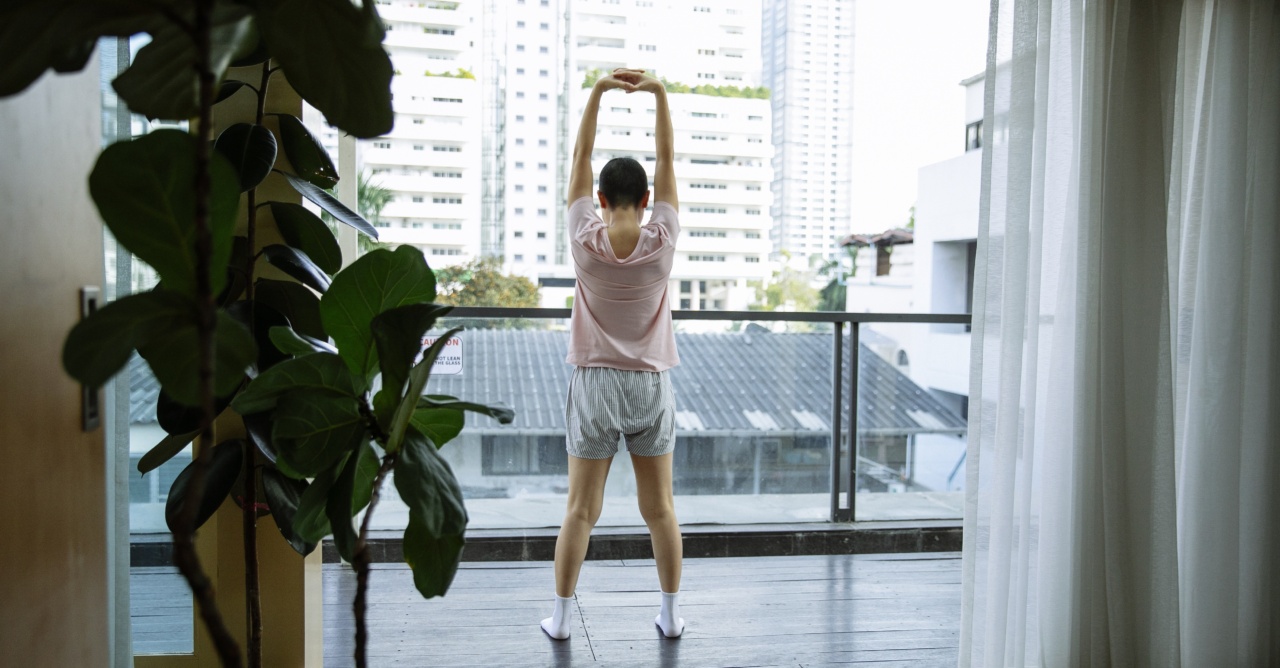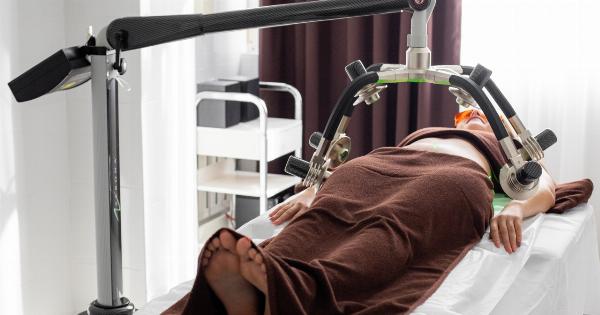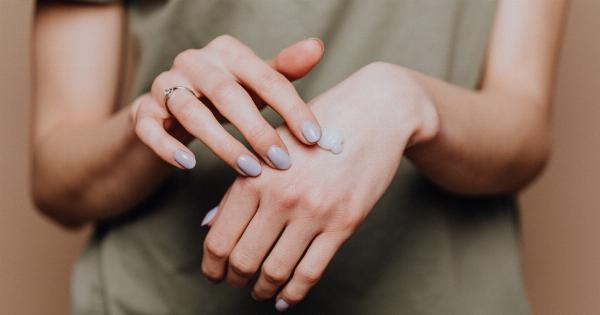Headaches are a common ailment and can be caused by various factors such as tension, dehydration, hormonal imbalance, and even changes in weather.
The intensity and duration of a headache can significantly impact one’s day-to-day activities and overall well-being. While there are various medications available to treat headaches, it’s best to avoid them in the long term and opt for natural pain-relieving exercises instead.
Here are some of nature’s own headache therapy exercises that are easy to perform and yield significant results.
Yoga
Yoga is one of the most effective natural methods to reduce stress and tension that can cause headaches. Often, tension headaches are caused by muscles at the back of the neck being tensed for prolonged periods.
Various yoga poses can activate and release the tight muscles, leading to a reduction in pain. Some of the effective yoga poses for headaches include the child’s pose, the cat-cow stretch, the seated forward bend, and the downward-facing dog. With regular yoga practice, individuals can reduce the frequency and intensity of headaches.
Meditation
Meditation is another natural method to reduce stress and tension that can contribute to headaches. Various studies have shown that meditation can significantly reduce stress and anxiety, leading to better overall well-being.
Moreover, meditation can improve concentration, lead to higher levels of mental clarity, and promote feelings of peace and relaxation. There are various types of meditation practices, including mindfulness meditation, loving-kindness meditation, and body scan meditation, that can be effective in reducing headaches.
Acupuncture
Acupuncture is a traditional Chinese medicine technique that involves inserting thin needles into specific points of the body.
Various studies have shown that acupuncture can be an effective treatment for headaches, especially for tension headaches and migraines. Acupuncture can help release endorphins, which are natural painkillers in the body, leading to quick pain relief.
Additionally, acupuncture can improve circulation, reduce inflammation, and promote relaxation, leading to better overall health and well-being.
Massage Therapy
Massage therapy is an excellent natural method to relieve tension and reduce muscle tightness that can cause headaches.
Massage therapy can activate pressure points and stimulate nerves that are associated with headaches, leading to quick and long-lasting pain relief. Additionally, massage therapy can improve blood circulation, reduce inflammation, and promote relaxation, leading to better overall health and well-being.
There are various types of massage therapy, including Swedish massage, deep tissue massage, and trigger point massage, that can be effective in reducing headaches.
Aromatherapy
Aromatherapy is the use of essential oils to promote health and well-being. Essential oils are highly concentrated plant extracts that have powerful healing properties.
Various essential oils, such as lavender, peppermint, eucalyptus, and chamomile, can be effective in reducing headaches. Essential oils can be used in different forms, including inhalation, topical application, and ingestion. The inhalation of essential oils can activate the olfactory nerves, leading to a reduction in headaches.
Additionally, applying essential oils to the skin can promote relaxation and reduce inflammation, leading to better overall health and well-being.
Cold Compresses
Applying cold compresses to the head and neck area can be effective in reducing headaches, especially for migraines. Cold compresses can help constrict blood vessels and reduce inflammation, leading to quick pain relief.
Additionally, cold compresses can activate nerves and promote relaxation, leading to better overall health and well-being. Cold compresses can be easily made at home by wrapping ice cubes in a towel or using a reusable gel pack.
Ginger Tea
Ginger tea is a natural method to reduce inflammation and alleviate headaches. Various studies have shown that ginger can be as effective as conventional pain medications in reducing headaches.
Ginger contains anti-inflammatory compounds that help reduce inflammation, leading to quick pain relief. Additionally, ginger can help improve digestion, boost the immune system, and promote relaxation, leading to better overall health and well-being.
Magnesium
Magnesium is a mineral that is essential for various bodily functions, including muscle and nerve function, blood pressure regulation, and energy production.
Various studies have shown that magnesium can be effective in reducing headaches, especially migraines. Magnesium can help relax blood vessels and reduce inflammation, leading to quick pain relief. Additionally, magnesium can help improve sleep quality, reduce stress, and promote relaxation, leading to better overall health and well-being.
Magnesium can be easily obtained through diet or supplements.
Hydration
Dehydration is a common cause of headaches. When the body is dehydrated, it can cause blood vessels to constrict and reduce blood flow to the brain, leading to pain. Drinking adequate water and staying hydrated can prevent headaches and alleviate pain.
Additionally, drinking fluids that contain electrolytes, such as sports drinks and coconut water, can promote hydration and reduce headaches.
Exercise
Regular exercise can promote overall health and well-being and reduce the frequency and intensity of headaches. Exercise can help reduce stress, improve blood circulation, and promote relaxation, leading to better overall health and well-being.
Additionally, regular exercise can improve sleep quality, reduce anxiety and depression, and boost self-esteem, leading to better overall well-being. However, individuals experiencing headaches should engage in low-intensity exercise and avoid exercises that involve sudden movements or jarring impacts.




























